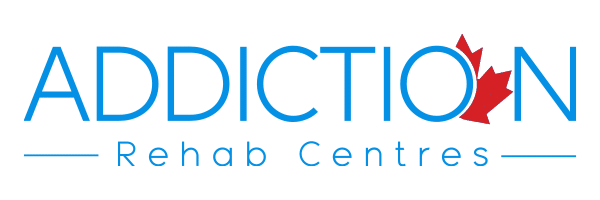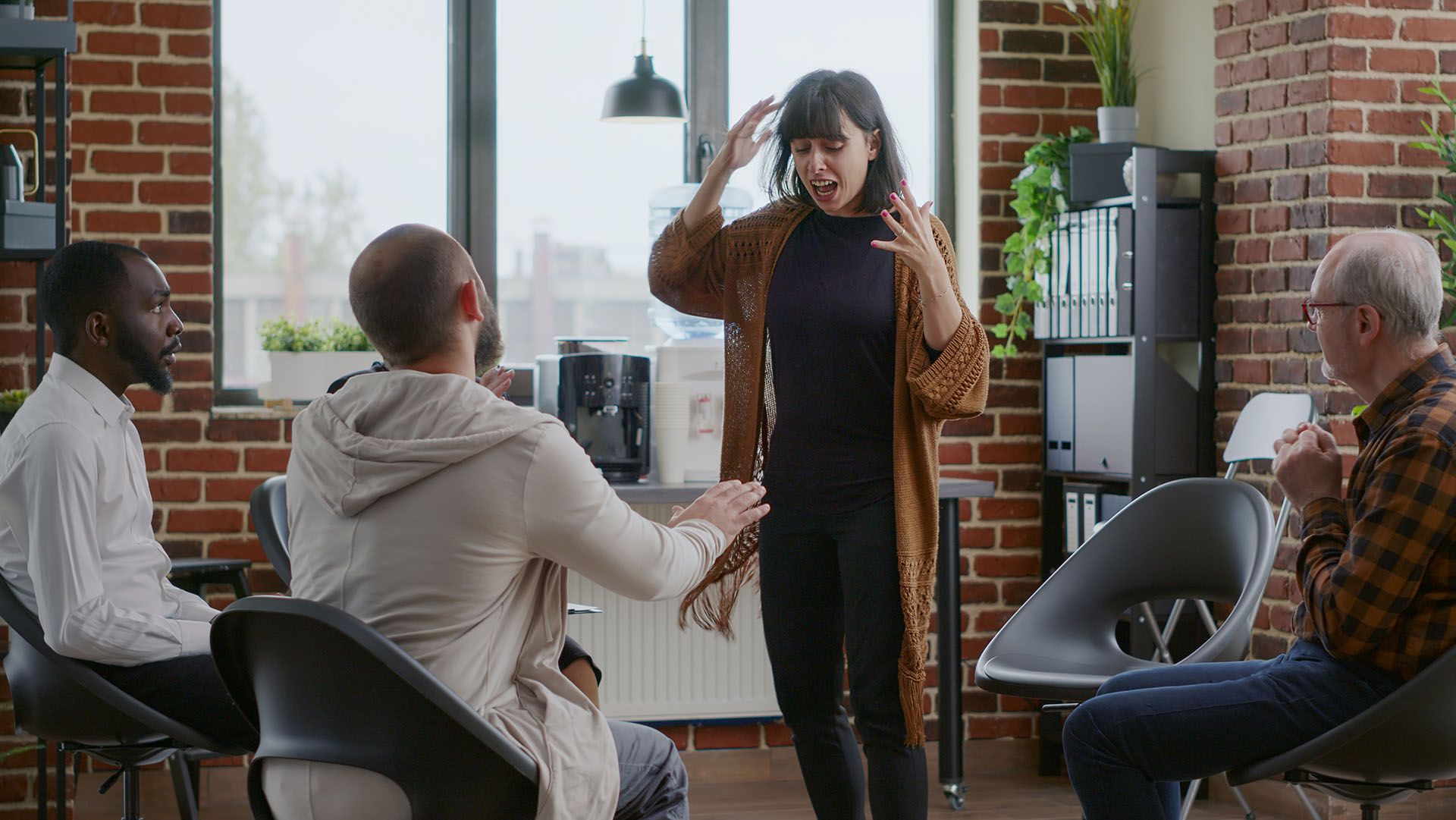Accessible Rehabs For People With Disabilities
Equality & Hospitality are the most important values to be noted when it comes to addiction treatment centres and facilities. The existence of these resources for recovery and detoxification journeys is important. Whether patients are struggling with opioid use disorder (OUD), alcohol abuse or other difficult forms of addiction, there must be comprehensive and welcoming spaces with beneficial technologies like Braille, and adequately trained caregivers for all patients to get the treatment they need. However, the one segment of the population that doesn’t always have equal access to these types of facilities is the persons with disabilities.
Addiction and disabilities can go hand-in-hand. People with disabilities not only encounter addiction issues, but they also deal with inadequacy too & they are less likely to get treatment for the health problems they face. On the other side of that coin, people with addiction issues are also more likely to become disabled, through accidents or the long-term impacts of substance use disorder (SUD). The side-by-side linking of two conditions like addiction and disability is known as a co-occurring disorder (COD). CODs are obviously hard on those experiencing them, and that difficulty can be further amplified by deficient access to services.
According to the U.S. Census Bureau, nearly 40 million Americans are living with a disability. Coupled with that jarring number is the fact that over 4.7 million Americans have both SUD and disability. However, some disabilities carry a higher likelihood of addiction than others. For example, 1 in 2 quadriplegics and paraplegics have a substance abuse issue of some sort, while the same can be said for 1 in 7 deaf individuals.
SUD is a disease that impacts the brain and central nervous system, ultimately leaving the individual unable to take the drug or substance they’re addicted to in moderation. This often results in a built-up dependence on the substance. SUDs can cause physical or emotional destruction and financial ruin, and they can create enormous and possibly untenable friction in personal and family relationships.
Looking back to the connection between addiction and the disabled, a glaring question remains: since people with disabilities are much more likely than the rest of the population to go through SUD issues, why are they also less likely to receive treatment for those issues? Are there additional barriers to treatment? Is the system adequately prepared to treat individuals with CODs or is there a serious issue here that needs addressing? These questions will be examined below in detail.
It is essential that those with disabilities be treated with the utmost care and respect, whether that be in addiction or recovery centres or elsewhere. Whether or not that is currently the case is what we’re aiming to put under the microscope.
Defining Disabilities
While we commonly think of disabilities as physical impairments which we can see, that isn’t a completely accurate characterization of what a disability is. The Ontario Humans Rights Commission says that disabilities are a “complex, evolving matter,” which describes a broad range and degree of conditions. All of the following are listed as varying forms of disabilities:
- any degree of physical disability, infirmity, malformation or disfigurement that is caused by bodily injury, birth defect or illness and, without limiting the generality of the foregoing, includes diabetes mellitus, epilepsy, a brain injury, any degree of paralysis, amputation, lack of physical coordination, blindness or visual impediment, deafness or hearing impediment, muteness or speech impediment, or physical reliance on a guide dog or other animal or on a wheelchair or other remedial appliance or device,
- a condition of mental impairment or a developmental disability,
- a learning disability, or a dysfunction in one or more of the processes involved in understanding or using symbols or spoken language,
- a mental disorder, or
- an injury or disability for which benefits were claimed or received under the insurance plan established under the Workplace Safety and Insurance Act, 1997.
All of this is to say that we mustn’t be narrow-minded when we look to examine accessibility issues within addiction centres for those with disabilities. From sensory disabilities to serious mental illnesses, the term “disability” is a large umbrella that encapsulates many different conditions.
In the United States, the ADA (Americans with Disabilities Act) is an entire legal framework that aims to ensure that people with disabilities have the same rights and opportunities as everyone else. Visitors can also email an ADA specialist if they need to locate a recovery centre that suits their needs and helps guide them on the path to sobriety.
What’s the Current Situation?
Historically speaking, addiction treatment centres have provided impermissible access to people with disabilities. The American Association on Health and Disability (AAHD) conducted a study which uncovered that approximately half of the doctors declined services to persons with a spinal cord or traumatic brain injury due to inadequate access to their practices. The study goes on to conclude that its data “supports earlier research indicating the treatment participation of persons with disabilities is negatively affected by physical accessibility concerns.” Not only do these findings illuminate this issue, but they also denote the idea that these issues have been persistent in the discourse of American treatment centres for some time.
Lack of education is an issue that goes beyond just the physical limitations of treatment centres. Doctors may be uneducated about the disabilities of patients, and therefore they may be unaware of the patients’ special requirements & considerations. This can result in a negative experience for the individual with a disability, and it may even dissuade them from undergoing similar treatments in the future.
Many treatment facilities also offer recovery methods like group counselling or therapy. But how are the blind or deaf persons supposed to undergo this form of treatment with the rest of the population? While it is true that there are some addiction centres that offer treatment methods capable of hosting different types of patients, there are also many that do not. In fact, only 27% of opioid facilities feature interpretation services for people with impaired hearing and this is according to a national survey. Combining this lack of services with the stigma that many people with disabilities already feel about their conditions on a daily basis, it is easy to understand that there is a great deal of work to be done in the pursuit of fully accessible treatment centres for all.
Of course, there are legislations in place to ensure that all structures can accommodate everyone, including the disabled. In Ontario, the “Accessibility for Ontarians with Disabilities Act” was passed in 2005 with the goal of creating an accessibility standard that would allow anyone with a disability to feel that they could fully participate in all aspects of society. Of course, this type of legislation doesn’t necessarily solve most of the issues we have already addressed, nor does it cover the accessibility of the actual programs in the treatment centres themselves. Being able to get in the door is obviously the absolute bare minimum, but many other issues remain.
Where Do We Go from Here?
Unfortunately, but not unsurprisingly, the number of resources that disabled persons can use to locate treatment centres that offer full inclusion is limited. In the United States, the Substance Abuse and Mental Health Services Administration (SAMHSA) offers a treatment services locator, as well as a National Helpline that can be reached at 1-800-662-4357 (HELP).
Disappointingly, though, a dropdown link that offers resources for all kinds of different groups such as veterans and children does not include a category for the disabled. Major, impactful organizations like SAMHSA would be well served to take things a step further when it comes to accommodating the country’s disabled population by dedicating a section of its website to the group. However, the helpline is a useful resource that can and should be relied upon in its own right.
Similarly, in Canada, the Canadian Centre on Substance Abuse and Addiction provides province-by-province helplines, but it doesn’t have a unique section of its website dedicated to resources for the disabled. Given the sheer statistics that we began with noting just how many disabled people are struggling with CODs in North America, it is fair to acknowledge that dedicating more people, time and resources to making their treatment journeys as easy and accessible as possible should undoubtedly be a priority.
Addiction centre coalitions and decision-makers are definitely taking notice of the need for accessible conditions, which is a positive development. Addiction treatment centres in Canada are increasingly committing to the removal of barriers for staff, patients and visitors with disabilities. It is important for treatment facilities to take steps to ensure that their services are inclusive and accessible to all of their patients, clients and guests.
Some organizations like the National Institute of Health (NIH) in the United States lead centres such as the National Institute on Disability and Rehabilitation Research (NIDRR), which have similar mandates in place to make accessibility on the path to recovery a primary area of focus in the public discourse.
There is still a way to go in the longstanding struggle to grant equal access to all. More advocates are needed, and additional steps need to be taken in the years to come. The number of doctors who have turned patients away is glaring, and the lack of dedicated website space on popular addiction resource forums for disabled persons needs to be addressed. That being said, while the struggle continues, society is taking notice of this issue like never before. Some organizations, facilities and treatment providers have already recognized that there is an issue to be addressed, and they are starting to take the necessary steps to do so. Hopefully, the segment of society that remains steps behind in this regard will also start to take note.









